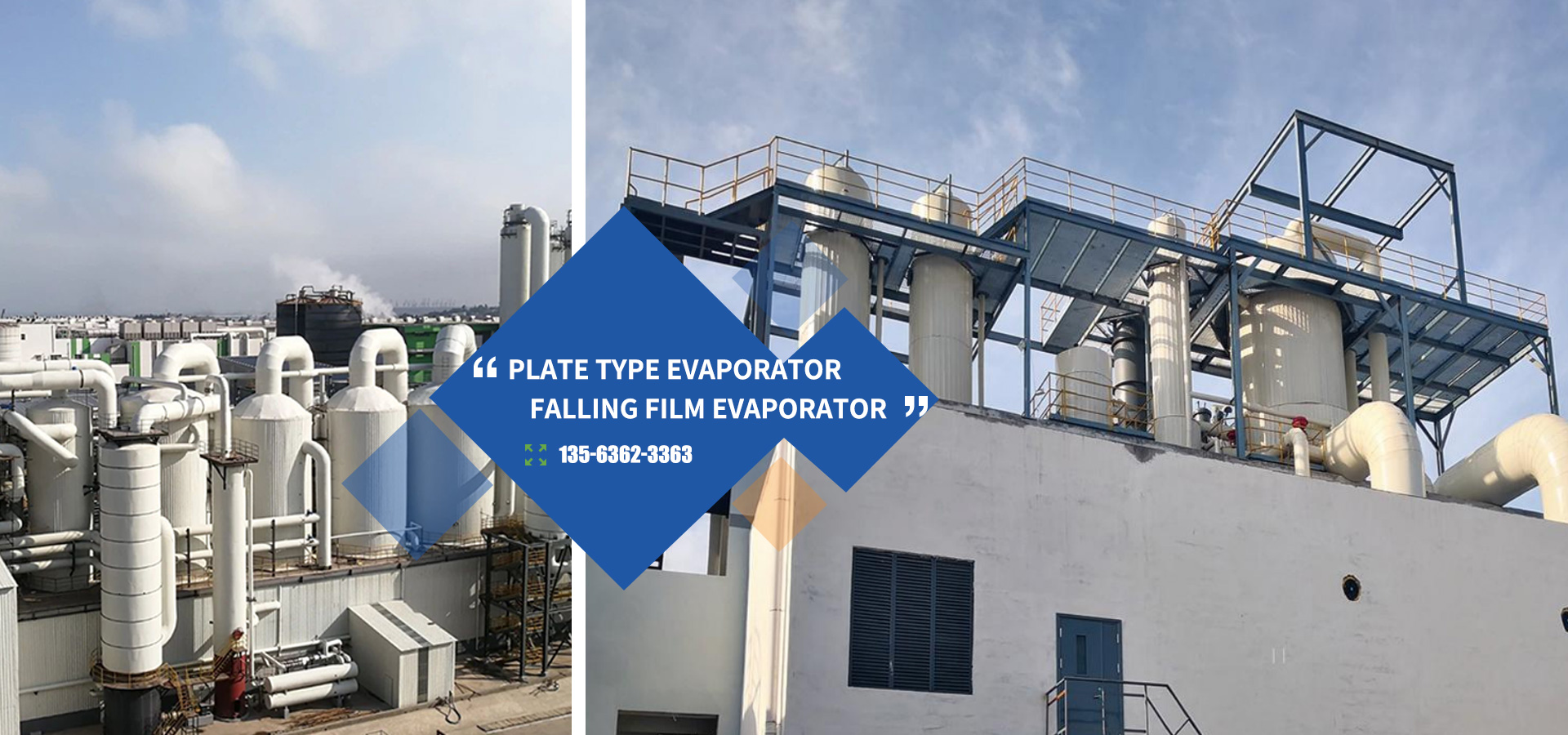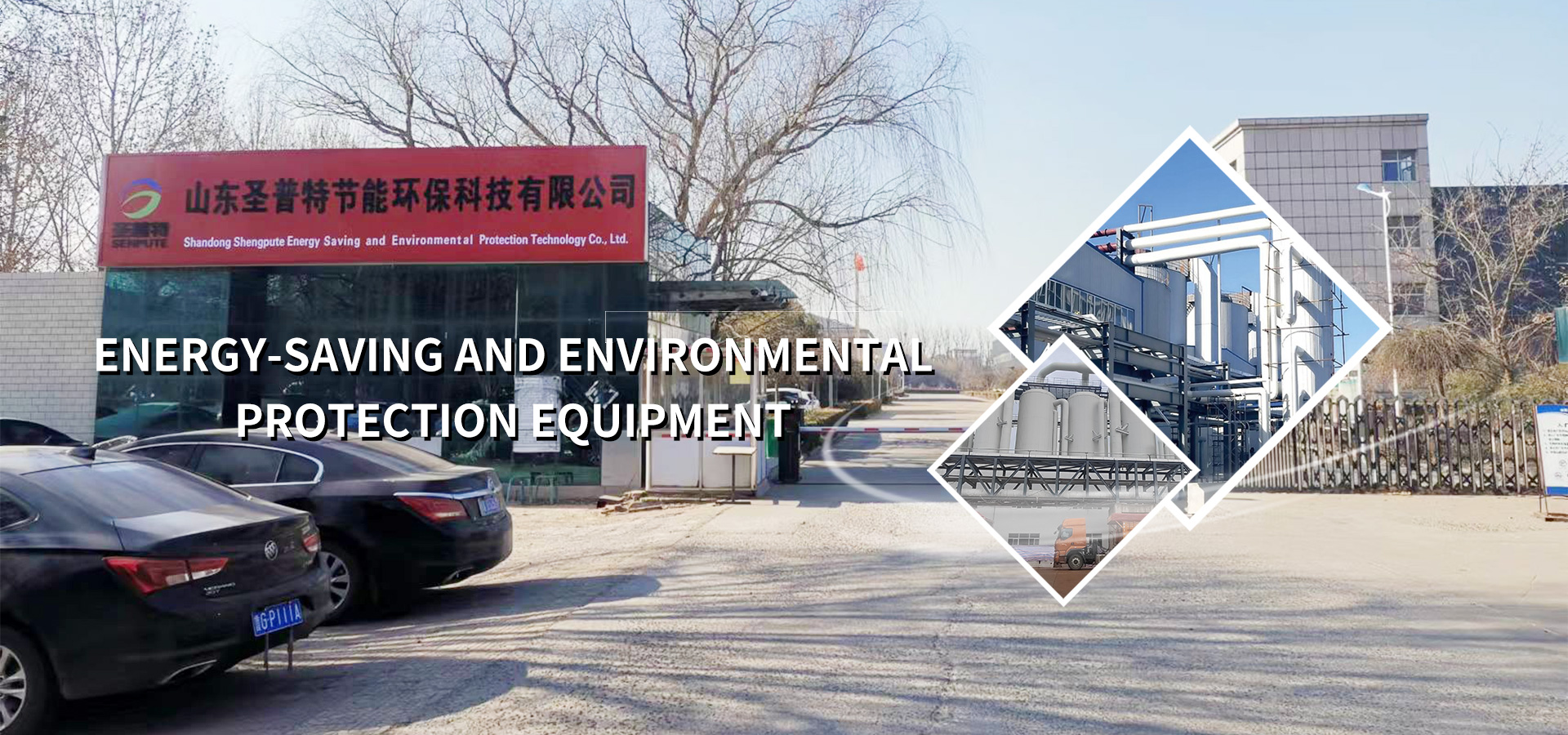Classification and methods of waste gas treatment
2018-08-28 From: Shandong Shengpute Energy Saving and Environmental Protection Co.,Ltd. Browsing times:576
Dilution diffusion method
Principles: Remove odorous gas from the chimney to the atmosphere, or dilute it with odorless air to reduce the malodorous substance concentration.
Application scope: It is suitable for treating malodorous gas with medium and low concentration and organic emission. Advantages: With low cost and simple equipment. Disadvantages: It is vulnerable to weather conditions and the malodorous substances still exist.
Water absorption method
Principles: By taking advantage of the characteristic that some substances in the malodorous gas are soluble in water, the odor component is directly in contact with the water, and then dissolved in the water to achieve the purpose of deodorization.
Application scope: A malodorous gas that is water-soluble and with organized emission source. Advantages: The process is simple, the management is convenient and the equipment operation cost is low. It is necessary to treat the washing liquid for secondary pollution.
Disadvantages: With low purification efficiency, it should be used with other technologies. It has poor treatment effect to thiol, fatty acid and so on.
Aerated activated sludge deodorization method
Principles: The malodorous substances are dispersed into the mixed liquid containing activated sludge in the form of aeration, and by suspending microorganisms to degrade the malodorous substances with widely application scope.
Application scope: Japan has used it in faecal disposal sites, sewage treatment plants for odor treatment. Advantages: After acclimation of activated sludge, the removal rate of malodorous components which do not exceed the limit load can reach more than 99.5%. Disadvantages: The application of this method is limited by aeration intensity; the application of this method has some limitations.
Multi-medium catalytic oxidation process
Principles: The reaction tower is filled with special solid-state filler, which is mixed with a multi - medium catalyst. When the malodorous gas passes go through the packing layer under the action of the induced fan, it is in full contact with the liquid phase compound oxidant ejected through the special nozzle in the solid phase packing surface. Under the catalysis of the multi-medium catalyst, Pollution factors in malodorous gases are fully decomposed.
PRODUCTS
- Shandong Shengpute Appears at Paper Industry "Four-New" Conference, Sharing Black Liquor High-Concentration Evaporation Technology to Facilitate Black Liquor Treatment Upgrading
- SHENGPUTE Contributes to 700,000-ton Chemical Pulp Evaporation and Concentration Project of HUATAI PAPER Achieve a Successful One-time Startup!
- SHENGPUTE successfully won the bid for Shandong Sun Paper, 850t/h evaporation project (chemical pulp alkali recovery)
- SHENGPUTE Technology successfully won the bid for Guangxi Xianhe Phase II, 800t/h evaporation project ( chemical pulp alkali recovery)
- SHENGPUTE Technology cooperate with Liansheng Pulp & Paper to achieving a successful first start-up of the 1243t/h MVR evaporation project
Related Articles More>>
- Shengpute Technology made an appearance at the 19th China Hangzhou Cellulose Fiber (Viscose) Industry Forum and the 5th Lyocell Industry Forum.
- SHENGPUTE Technology cooperate with Liansheng Pulp & Paper to achieving a successful first start-up of the 1243t/h MVR evaporation project
- Application of MVR evaporator in landfill leachate
- 44T/h Calcium Chloride Waste Water MVR Evaporator Project of Baotou Xijun Environmental Protection Technology Co., Ltd.




